Harmony in Diversity: The Musical Landscape of Equatorial Guinea
Equatorial Guinea music. Nestled on the west coast of Central Africa, Equatorial Guinea is a nation characterized by its cultural richness and linguistic diversity. Encompassing the mainland region known as Río Muni and the volcanic islands of Bioko and Annobón, the country’s music is a reflection of its varied influences, blending indigenous rhythms, colonial legacies, and contemporary trends. As we delve into the musical tapestry of Equatorial Guinea, we discover a harmonious fusion of traditions that echo through the landscapes, connecting past and present.
Indigenous Rhythms: Bubi and Fang Influences
Equatorial Guinea is home to several indigenous ethnic groups, each contributing to the country’s vibrant musical heritage. Among these, the Bubi and Fang communities have played a significant role in shaping the musical landscape.
The Bubi people, residing primarily on Bioko Island, have a rich tradition of music characterized by percussive elements and melodic chants. Traditional instruments, such as drums and xylophones, are used to create rhythms that accompany various ceremonies and rituals. The Bubi musical expressions often serve as a cultural marker, preserving the community’s history and identity through oral traditions.
The Fang people, concentrated on the mainland, contribute their own unique musical traditions. Rhythmic drumming and intricate dance movements are integral to Fang ceremonies, providing a dynamic and engaging form of expression. These indigenous sounds, deeply rooted in spirituality and communal life, continue to resonate across Equatorial Guinea.
Colonial Legacies: Krio and Portuguese Influences
Equatorial Guinea’s colonial history, marked by the presence of the Portuguese, Spanish, and British, has left an indelible mark on its music. The influence of Krio, a creole language with English roots, is particularly evident. Krio communities, descendants of freed slaves and liberated Africans, have contributed to the cultural mosaic of Equatorial Guinea.
The Krio musical tradition incorporates elements of English folk music, blending colonial influences with indigenous rhythms. Instruments like the guitar and accordion, introduced during the colonial era, became integral to Krio music. The Krio community’s musical expressions are a testament to the resilience of cultural identity in the face of historical upheavals.
Portuguese influences are also discernible in Equatorial Guinea’s music, especially on the island of Annobón, where Portuguese sailors left a cultural imprint. The use of Portuguese-derived instruments and melodic patterns adds a distinctive layer to the country’s sonic tapestry.
Makossa: A Central African Beat
Makossa, a genre originating from neighboring Cameroon, has found resonance in Equatorial Guinea. Characterized by its infectious dance rhythms and vibrant instrumentation, Makossa has become a popular genre across Central Africa, and Equatorial Guinea is no exception. The pulsating beats of Makossa have become a staple at social gatherings and celebrations, infusing a sense of joy and unity into the cultural fabric.
Contemporary Trends: Evolution of Music in Equatorial Guinea
In recent decades, Equatorial Guinea’s music scene has evolved to embrace contemporary genres while preserving its cultural roots. Modern influences from Afrobeat, jazz, and hip-hop have found their way into the musical landscape, creating a dynamic fusion that reflects the globalized nature of contemporary music.
Artists such as Juan Luis Guerra, a Dominican musician with international acclaim, have collaborated with Equatorial Guinean musicians, contributing to a cross-cultural exchange that enriches the country’s musical offerings. This collaboration not only showcases the global appeal of Equatorial Guinea’s music but also positions it within a broader, interconnected musical landscape.
Popular Genres: Bikutsi, Reggae, and Hip-Hop
Bikutsi, a genre originating from Cameroon, has gained popularity in Equatorial Guinea. Known for its lively rhythms and energetic dance style, Bikutsi has become a favored genre for social gatherings and celebrations. The genre’s fusion of traditional elements with modern instrumentation creates a bridge between the past and the present, embodying the cultural continuity of Equatorial Guinea’s music.
Reggae, with its roots in Jamaica, has found a receptive audience in Equatorial Guinea. The genre’s messages of social justice and unity resonate with the country’s diverse population. Equatorial Guinean reggae artists infuse the genre with local flavors, incorporating indigenous rhythms and linguistic diversity into their compositions.
Hip-hop, a global phenomenon, has made its mark on Equatorial Guinea’s youth culture. Emerging artists use hip-hop as a platform for self-expression, addressing social issues and providing a voice to the younger generation. The genre’s ability to convey personal narratives and societal critiques aligns with the broader tradition of storytelling in Equatorial Guinea’s music.
National Symphony Orchestra: Preserving Classical Traditions
The National Symphony Orchestra of Equatorial Guinea, established in 1980, stands as a testament to the country’s commitment to preserving classical music traditions. Comprising local and international musicians, the orchestra plays a crucial role in fostering an appreciation for classical music within the country. Performances range from symphonic works to collaborations with contemporary artists, creating a space where diverse musical genres converge.
Challenges and Opportunities: The Future of Equatorial Guinea’s Music
While Equatorial Guinea’s music reflects a rich and diverse heritage, it also faces challenges, including limited infrastructure, access to resources, and a nascent music industry. However, these challenges present opportunities for growth and innovation. Initiatives that support music education, infrastructure development, and international collaboration can contribute to the continued evolution of Equatorial Guinea’s music scene.
Equatorial Guinea’s participation in regional and international music festivals provides a platform for its artists to showcase their talent and connect with a global audience. The country’s rich cultural diversity and the resilience of its musical traditions position it as a unique contributor to the global musical landscape.
In conclusion, Equatorial Guinea’s music is a vibrant reflection of its cultural diversity, historical legacies, and contemporary influences. From the rhythmic beats of indigenous ceremonies to the global sounds of contemporary genres, the musical landscape of Equatorial Guinea is a harmonious mosaic that continues to evolve, connecting the nation’s past with its future.


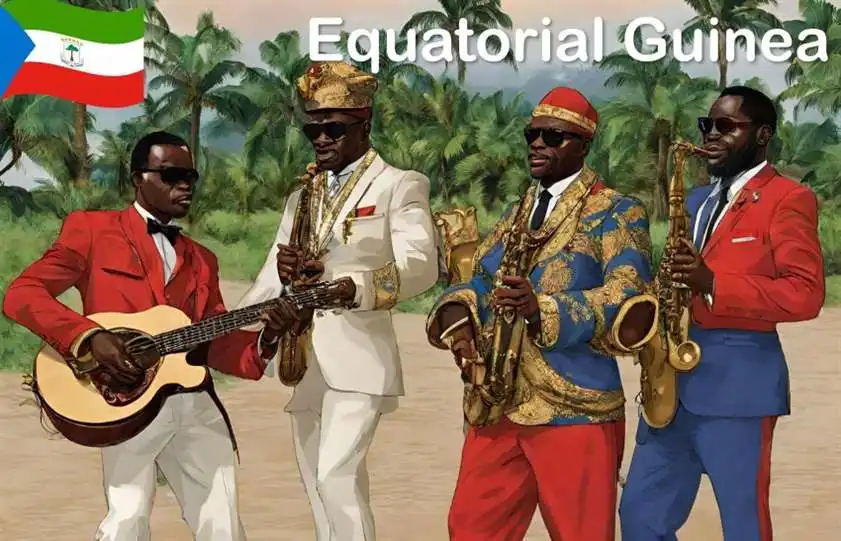



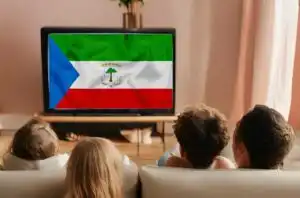









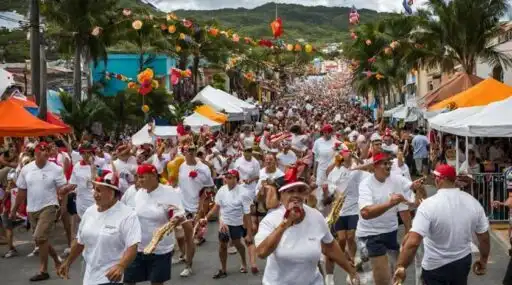
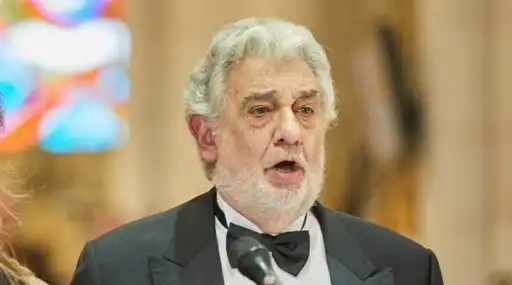
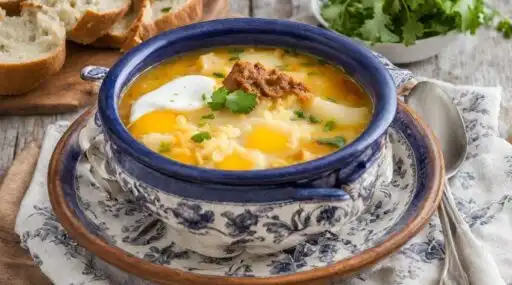
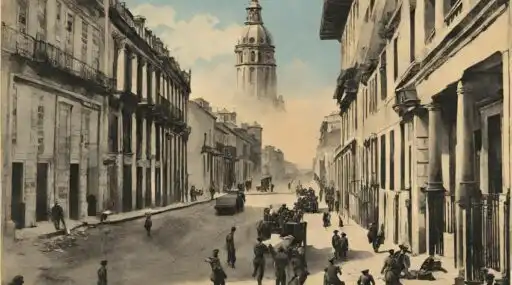
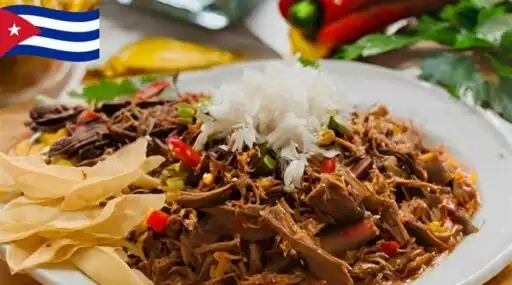
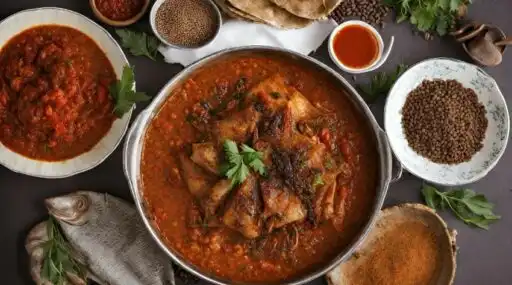
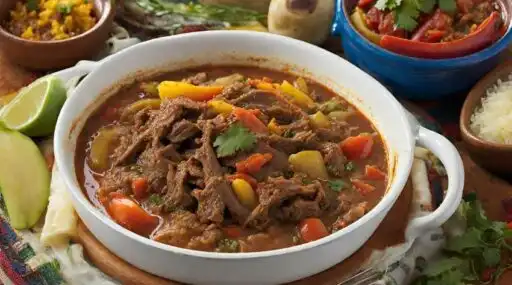
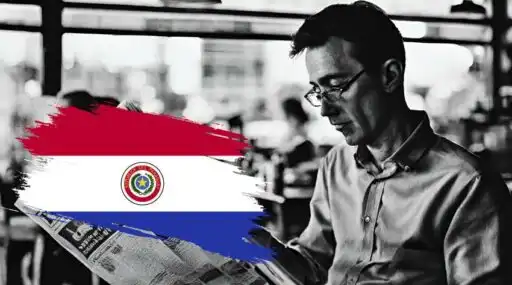
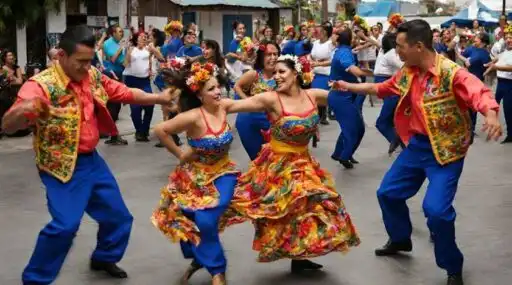
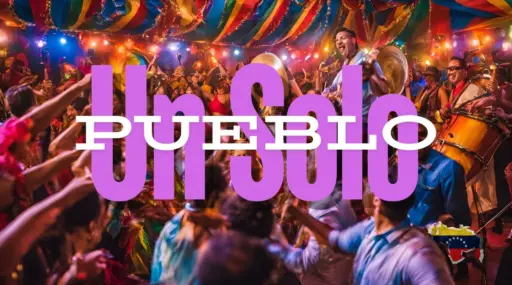
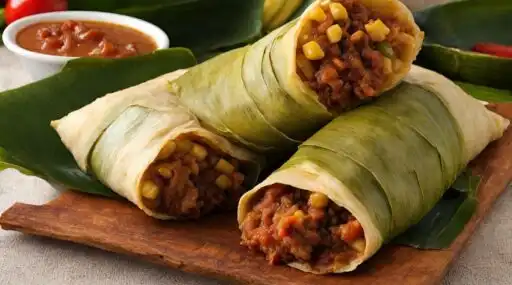
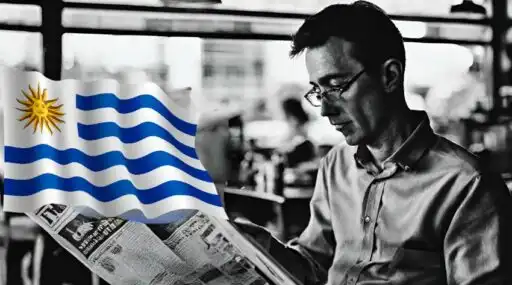
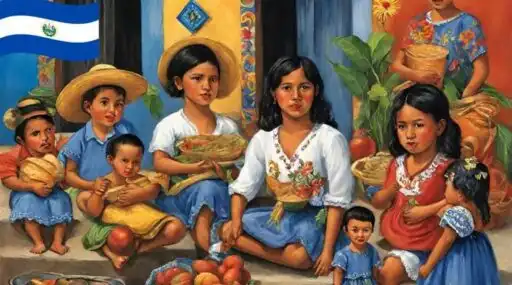
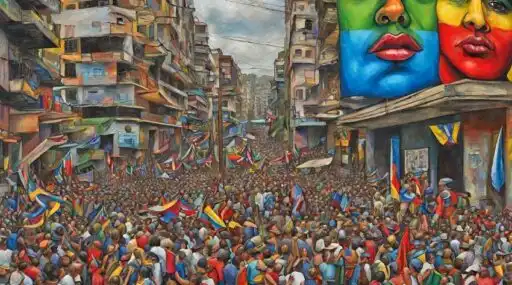


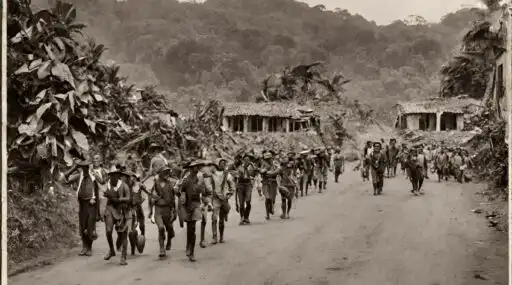
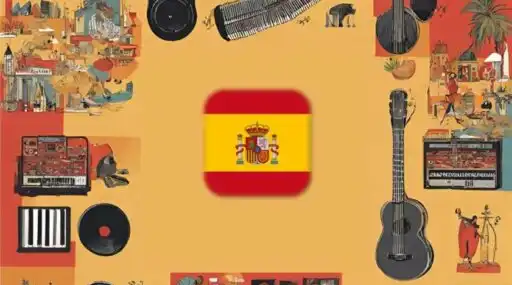
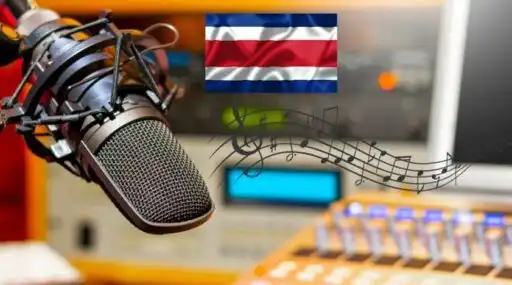
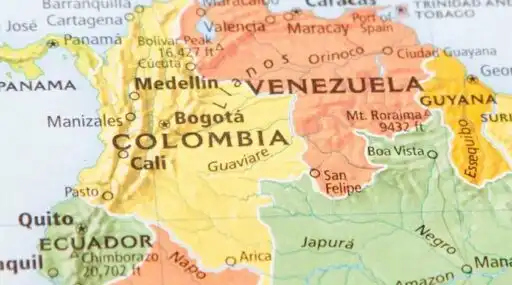
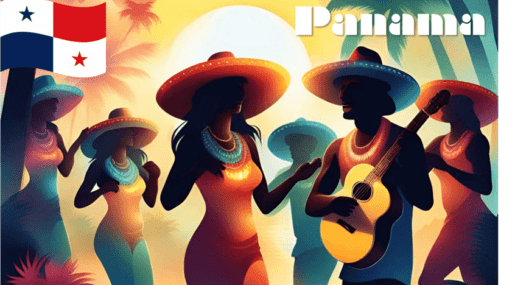
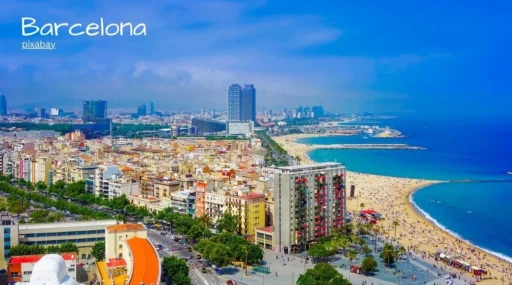
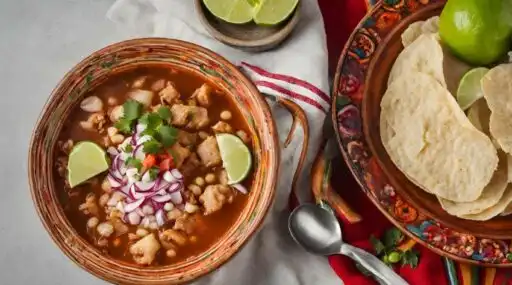
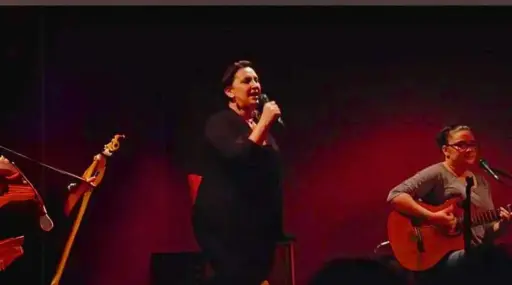

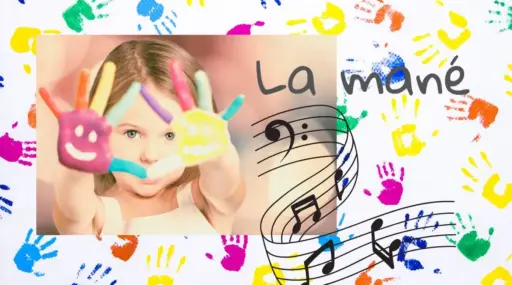
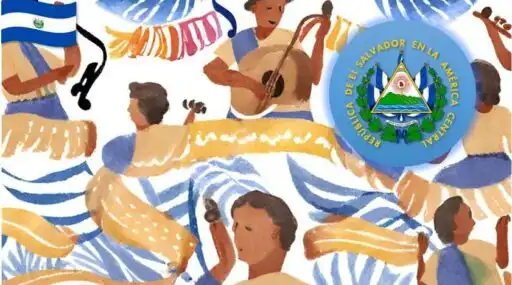
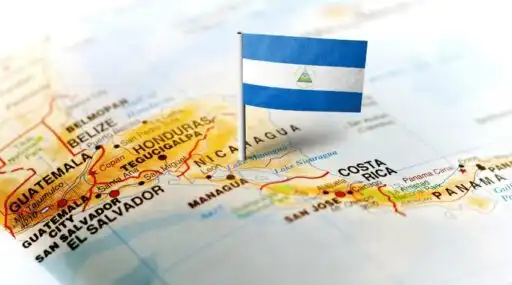
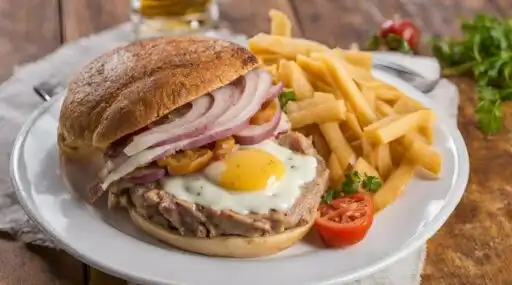
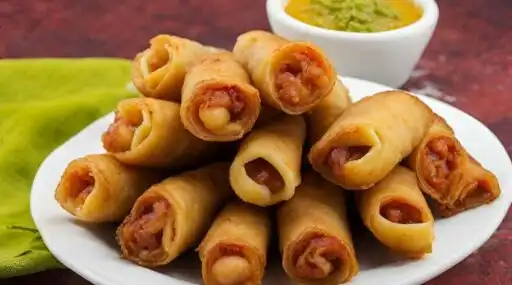
Leave a Reply